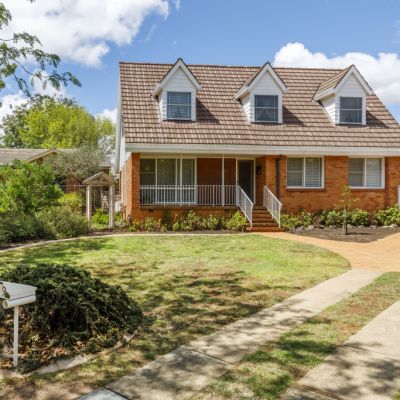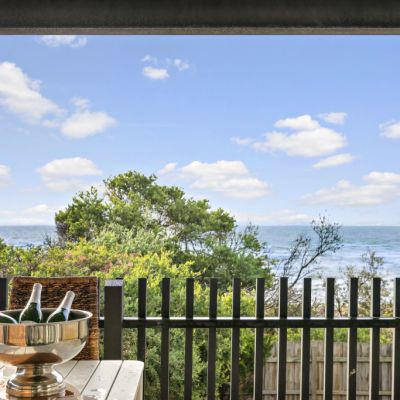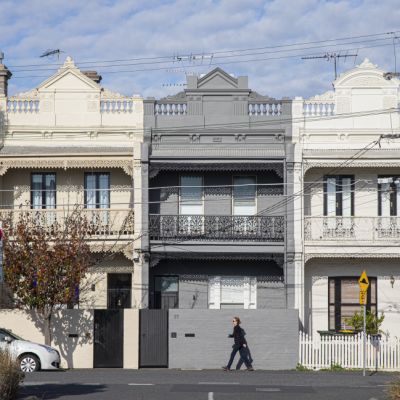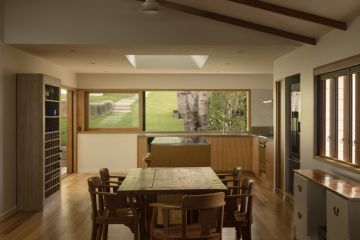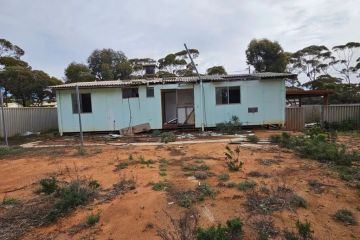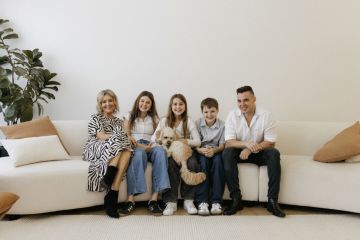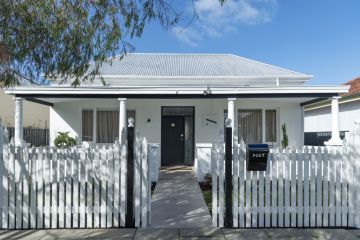How to make your investment property more appealing to tenants
Last year was not a great year for investors in Sydney and Melbourne, with both cities’ asking rents decreasing, and for much of the year, values falling.
While prices may be rising once again, investors putting properties up for rent would also be looking for ways to maximise interest in their property and, ultimately, improve their rental returns.
Photos are more important than ever to attract the right tenant. The majority of potential tenants will browse for rental properties online and scroll through a carousel of photos of a property online before clicking through to find out more.
If the aim is to get as many ideal tenants though, in the shortest time, the photos need to be attractive.
“Good photos might transfer better into getting property clicks, which might lead to an inquiry,” said Zac Rumble, of Ray White real estate at Miranda. “Because of the internet these days, it’s got to look good.”
Unlike sales, most photos for rental listings are taken by the real estate agent, rather than a professional photographer. Depending on the package offered by the agency, some may supply as few as three photos.
This can really limit the appeal of the property. Renters want to see what the property looks like, and expect an accurate representation of the property in the photos. “I feel like a lot of people get burnt when they go to a property and it’s not like in the photos,” Mr Rumble said.
Lighting is critical
Taking accurate photos inside a property is not as easy as it looks. The window may let in a lots of light, but cameras can have trouble taking a photo with such differences in light, resulting in dark images. This is why many rental photos have the lights on when it’s obviously a bright, sunny day.
“What (the camera) will do is blow out any light. It will be white, and you won’t get any detail,” said Melbourne professional photographer Michelle Broadhurst. “Likewise, if you want to see any detail in the light, the shadows will become black. So, it can’t capture the whole scene of an interior.”
The lights in the room will also add their own colours to the walls and ceiling. The light from the window can make white walls look bluish, while inside lights add a yellow hue. Wood from flooring or cabinetry can colour the photo orange. A professional photographer will do a lot of post-photography editing to make colours appear correctly.
Professionals pay off
Sophie Lyon, director at Jellis Craig Hawthorn, Melbourne, recommends using professional photographs.
“I haven’t noticed a difference in the price a property has rented for. But, properties that have been professionally photographed definitely get more hits on them. They tend to get more interest. They’re renting a little bit quicker,” she said.
“I think there’s a correlation between getting good photos and a good tenant. We had a duplex professionally photographed, and that was leased within a week,” she said.
Lyon also recommends using a tool that can remove furniture and personal possessions from photography creating a clean slate.
“With no furniture, it really opens it up. A lot of people bring tape measurers these days,” said Mr Rumble.
Broadhurst said amateur photos just would not cut it online. “It very rarely ever holds itself,” she said. “You want people to stop, it’s harder and harder these days to get people to notice.”
States
Capital Cities
Capital Cities - Rentals
Popular Areas
Allhomes
More
